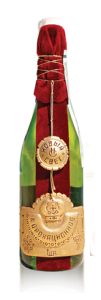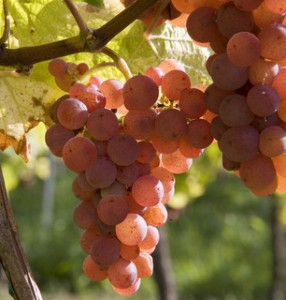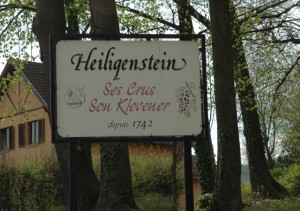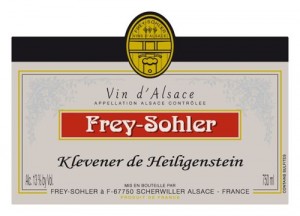76 years before the famous “Judgment of Paris,” at the 1900 Paris World’s Fair, a sparkling wine from Crimea defeated all the French entries to claim the internationally coveted “Grand Prix de Champagne.” You may need to let that sink in for a few minutes. In 1900, in France, Sparkling Wine from the Ukraine won the top prize for Champagne.
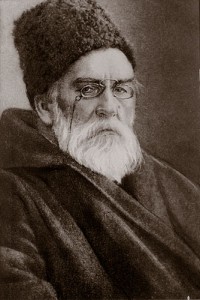 The wine, known as Novy Svet, was made by Prince Lev Sergeievitch Golitsyn, a highly educated member of a royal Family, at his wine estate in Crimea. Crimea is a peninsula of the Ukraine located on the northern shore of the Black Sea. Lying between 44° and 45° in latitude, the region has an excellent climate for growing high quality grapes. As a matter of fact, during Soviet times this region was the largest wine supplier in the USSR – which sounds like a good story for another day.
The wine, known as Novy Svet, was made by Prince Lev Sergeievitch Golitsyn, a highly educated member of a royal Family, at his wine estate in Crimea. Crimea is a peninsula of the Ukraine located on the northern shore of the Black Sea. Lying between 44° and 45° in latitude, the region has an excellent climate for growing high quality grapes. As a matter of fact, during Soviet times this region was the largest wine supplier in the USSR – which sounds like a good story for another day.
Prince Golitsyn, having studied both law and winemaking in France, established his winery in 1878 on the southern coast of Crimea. He dug a series of wine cellars into Koba-Kaya Mountain (Cave Mountain), much of it below sea level. All in all the tunnels stretched on for over a mile. He planted experimental vineyards of Chardonnay, Riesling, Pinot Noir, Aligote and Pinot Meunier and spent ten years perfecting the art of sparkling wine. The Prince used a variation of what we would call the Methode Traditionelle, allowing his wines to rest on the lees, in the bottle, for three years in his cellars at a constant, underground temperature of 59 – 60°F.
By the late 1890’s, the Prince was an experienced enologist and was producing a large array of sparkling wines. In 1896 his wines were served at the coronation of Tsar Nicholas II (who would wind up being the last in a long line of Tsars) and Golitsyn was granted the right to display the family coat of arms on this wines. Soon thereafter, in 1899, Novy Svet
produced its first large-scale production, making over 60,000 bottles of sparkling wine…one of which won the Grand Prix in Paris.
Legend has it that Prince Golitsyn was was inspired to build an estate in the area during a passionate love affair with Nadezhda Zasetska, an aristocratic young lady who had inherited large land holdings in the Crimea. It is rumored that the Prince bought the land to be near to her and studied enology in order to impress her. We may never know if the rumors are true, but it does seem that wine and romance often go hand-in-hand.
Prince Golitsyn passed away in 1915 and was buried in a large tomb on his beloved estate. The Novy Svet winery did not survive the Russian Revolution and the beginnings of the Soviet Union intact, and was plundered and nearly destroyed several times. Today the restored winery, including the underground tunnels, is government-owned. Under the leadership of Ms. Yanaina Petrovna Pavlenko, the winery produces a wide range of unique sparkling wines, many of them reflective of the original style and spirit of Prince Golitsyn.
In 1978, in honor of the 100th anniversary of the founding of the Novy Svet Winery, the Golitsyn House Museum was opened in the house where the Prince lived for over 37 years.
The Novy Svet Winery in Crimea: http://nsvet.com.ua/en
